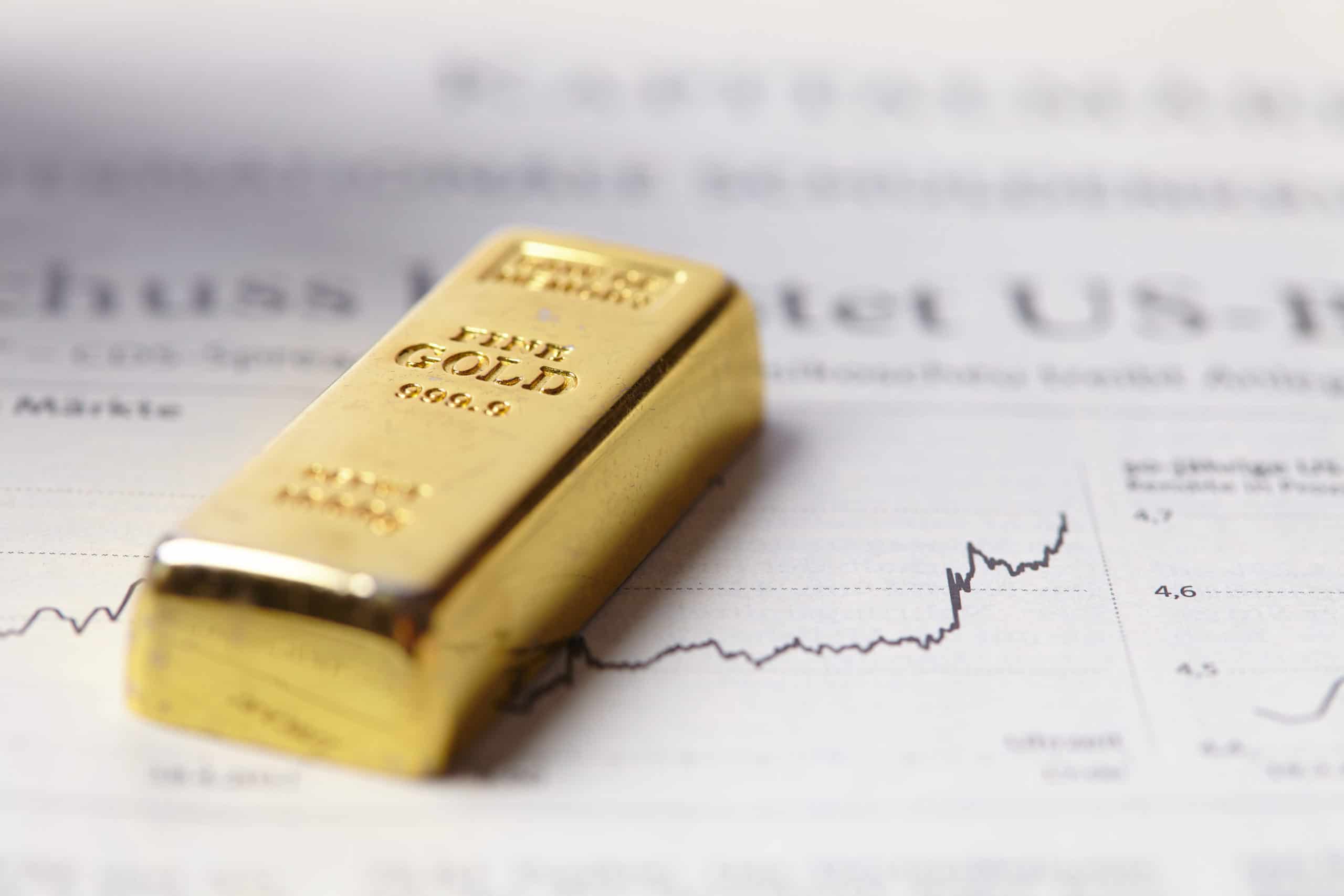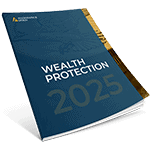Investors are capitalizing on the dip in gold and silver spot prices, initially derailing a multi-week rally that is now swiftly rebounding.
Gold has recently scorched to record highs, as US lawmakers stand to approve another trillion-dollar stimulus bill to cushion the economic impact of the coronavirus pandemic. Governments and central banks worldwide have unleashed trillions of dollars in aid to prevent a global economic collapse, increased unemployment, and mass bankruptcies. Gold and silver took a dip earlier this week giving pause to some investors however most took it as a golden opportunity to stock up on lowered prices.
Gold prices are modestly higher in midday U.S. trading Thursday, August 13, 2020, while silver is solidly higher. Traders have once again stepped in to buy the dip, keeping the near-term uptrends alive, which happens routinely in these types of extended bull markets.
Gold has benefitted from investors’ anxiety about the unstable economy as well as rising geopolitical tensions, particularly between the US and China.
Some analysts originally believed that a Joe Biden presidency and an early rollout of an effective COVID-19 vaccine might have been the catalyst in derailing gold’s surge, however, others still predict gold rising to $3000 in the next 12-24 months.
Central banks themselves are major players in the global gold market. Investors now seeing the overall upward trajectory of gold and silver, are naturally seeking this golden opportunity to strike while the metal is hot.
Here’s why gold and silver are here to stay:
Low-interest rates weakening the economy
Investors have flocked to gold this year for a number of reasons. Among them, the low-interest-rate environment, adding to a rally that has broadly been in place for over a year. The US government’s record-low interest rates have suppressed the dollar and led to negative real yields that adjusted for inflation. This gives gold a competitive edge, as it bears no interest of its own and investors don’t have to sacrifice lost interest income by holding it when bond yields and savings rates are low or near zero.
A weaker dollar losing value and buying power
The weakened dollar is one of the main market factors aggressively driving the push into gold. When the US currency weakens, it makes assets priced in dollars, such as gold, more attractive. That has been a major catalyst for the surge in gold prices over the past few weeks.
Another anticipated Stimulus package derailment
Despite investors’ hopes for a new stimulus package, deadlocked negotiations are not only delaying the process but have certainly not ignited dollar strength. If the Fed has to print another trillion to rescue the economy and had to the already astronomical national debt of over $26 trillion… it doesn’t help the economy.
An uncertain economy and inflation will raise prices
Central banks are expected to be fairly slow in lifting their foot off the liquidity presses, allowing governments to let their economies create inflation as they recover. Rising inflation could play into the hands of holders of gold, which can act as a hedge against rising prices, while bonds are likely to be sold off as inflation erodes fixed-income returns.
An unstable geopolitical landscape
At any given time, geopolitical risks are driving market sentiment. The potential outcome of the US presidential election has many worried about our nation’s future and the US-China relations which have deteriorated are also causing concerns.
The pandemic and its effects on the markets and our livelihood
Another threat to gold’s rally is the development of an effective COVID-19 vaccine that can be distributed widely and quickly. But in the meantime, the economic outlook remains uncertain, and growth is fragile.
Investor trends into gold futures
According to Bloomberg, worldwide gold holdings by exchange-traded-funds — which give investors exposure to the gold price without the hassle of owning and storing the metal — rose to 3,365 tons this year. That’s more than the gold held by the German central bank and second only to the US, which holds more than 8,000 tons of gold reserves and is the world’s biggest official holder of bullion.
Investment diversification options
In a volatile market and economic turmoil, investors are looking to counterbalance their retirement and savings plans with safe-haven commodities. Precious metals like gold and silver have stood the test of time, showing tremendous long-term growth and the perfect hedge to offset potential losses in the market.
While the original forecast for Gold was hitting $2000 by year’s end, the rally pushing it to surpass that benchmark in August is a clear indication of the detrimental effects of the current economic climate, health crisis, and looming election. The instability of these unprecedented times will continue well past the election regardless of the results so they’re not going away anytime soon, putting gold and silver on the track to breaking more record highs in the coming months and years.



 Custom Precious Metals IRA
Custom Precious Metals IRA Gold IRA
Gold IRA Gold Products
Gold Products Silver Products
Silver Products Platinum
Platinum